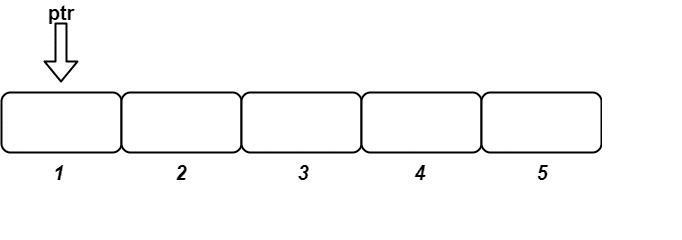Two strings are considered close if you can attain one from the other using the following operations:
- Operation 1: Swap any two existing characters.
- For example,
abcde -> aecdb
- For example,
- Operation 2: Transform every occurrence of one existing character into another existing character, and do the same with the other character.
- For example,
aacabb -> bbcbaa(alla‘s turn intob‘s, and allb‘s turn intoa‘s)
- For example,
You can use the operations on either string as many times as necessary.
Given two strings, word1 and word2, return true if word1 and word2 are close, and false otherwise.
Example 1:
Input: word1 = "abc", word2 = "bca" Output: true Explanation: You can attain word2 from word1 in 2 operations. Apply Operation 1: "abc" -> "acb" Apply Operation 1: "acb" -> "bca"
Example 2:
Input: word1 = "a", word2 = "aa" Output: false Explanation: It is impossible to attain word2 from word1, or vice versa, in any number of operations.
Example 3:
Input: word1 = "cabbba", word2 = "abbccc"
Output: true
Explanation: You can attain word2 from word1 in 3 operations.
Apply Operation 1: "cabbba" -> "caabbb"
Apply Operation 2: "caabbb" -> "baaccc"
Apply Operation 2: "baaccc" -> "abbccc"
Example 4:
Input: word1 = "cabbba", word2 = "aabbss" Output: false Explanation: It is impossible to attain word2 from word1, or vice versa, in any amount of operations.
Constraints:
1 <= word1.length, word2.length <= 105word1andword2contain only lowercase English letters.
Solution: Hashtable
Two strings are close:
1. Have the same length, ccabbb => 6 == aabccc => 6
2. Have the same char set, ccabbb => (a, b, c) == aabccc => (a, b, c)
3. Have the same sorted char counts ccabbb => (1, 2, 3) == aabccc => (1, 2, 3)
Time complexity: O(n)
Space complexity: O(1)
C++
|
1 2 3 4 5 6 7 8 9 10 11 12 13 14 15 16 |
// Author: Huahua class Solution { public: bool closeStrings(string word1, string word2) { const int l1 = word1.length(); const int l2 = word2.length(); if (l1 != l2) return false; vector<int> f1(128), f2(128); vector<int> s1(128), s2(128); for (char c: word1) ++f1[c], s1[c] = 1; for (char c: word2) ++f2[c], s2[c] = 1; sort(begin(f1), end(f1)); sort(begin(f2), end(f2)); return f1 == f2 && s1 == s2; } }; |
Python3
|
1 2 3 4 5 6 7 |
# Author: Huahua class Solution: def closeStrings(self, word1: str, word2: str) -> bool: c1, c2 = Counter(word1), Counter(word2) return all([len(word1) == len(word2), c1.keys() == c2.keys(), sorted(c1.values()) == sorted(c2.values())]) |
